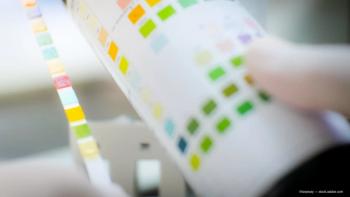
POAG development: risk factors
Patients with thicker corneas are less likely to progress to primary open angle glaucoma (POAG) from ocular hypertension (OHT), according to a study published in the June 2008 issue of Contact Lens and Anterior Eye.
Patients with thicker corneas are less likely to progress to primary open angle glaucoma (POAG) from ocular hypertension (OHT), according to a study published in the June 2008 issue of Contact Lens and Anterior Eye.
Neel Bhatt of Bolton Royal Infirmary, Bolton, United Kingdom and colleagues conducted a cohort study with a ten-year retrospective case note review (n=58) and performed multivariate logistic regression analysis to assess the roles of intraocular pressure (IOP), age and gender on the risk of disease progression in OHT.
Of 116 eyes, 50 progressed to POAG; the team noted that thicker central corneal thickness (CCT; ≤579 µm), higher IOP at presentation (≥26 mmHg) and increasing age (≥75 years) were associated with a greater likelihood of progression.
The team concluded that IOP, age, and CCT, but not gender, are risk factors for progression of OHT to POAG.
Newsletter
Get the essential updates shaping the future of pharma manufacturing and compliance—subscribe today to Pharmaceutical Technology and never miss a breakthrough.













































